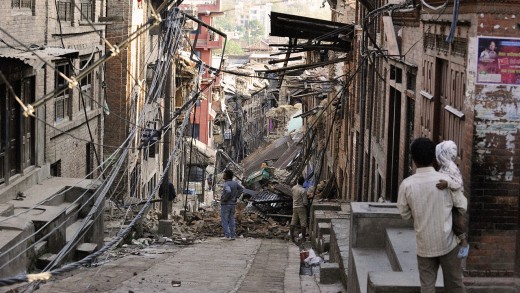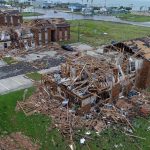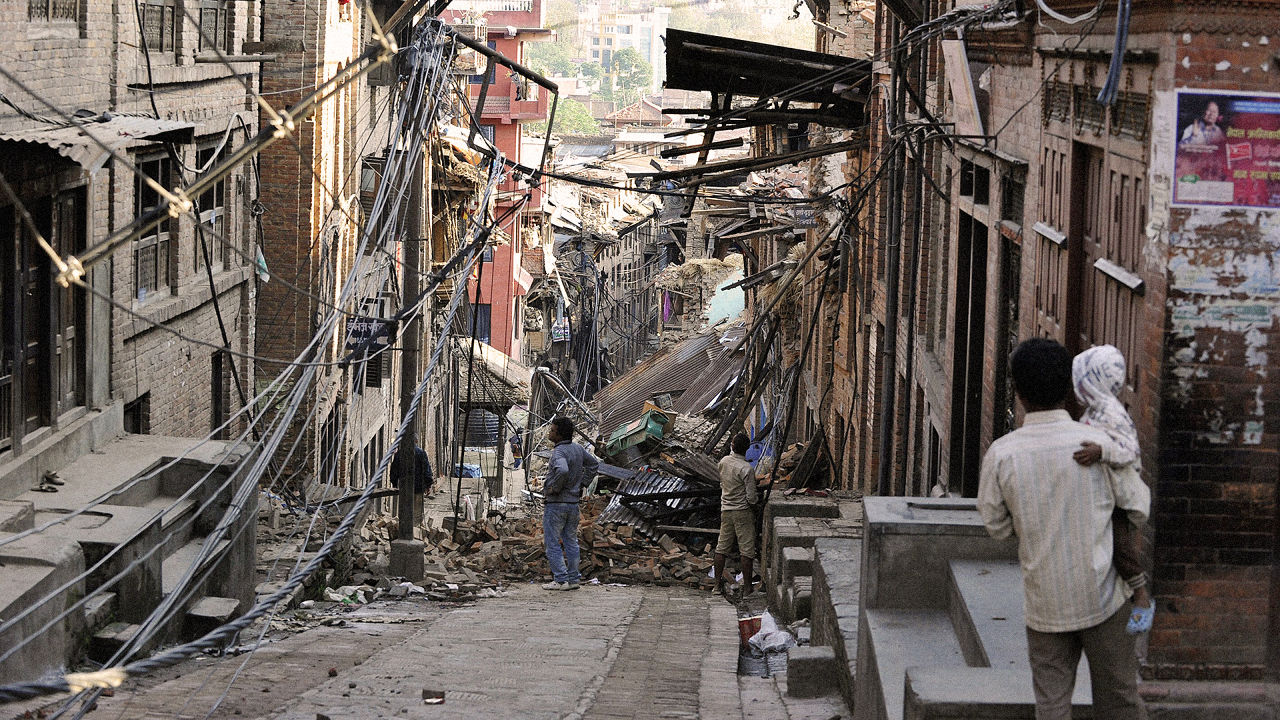Collapsing constructions had been essentially the most bad a part of The Nepal Earthquake–What might Make Them higher?
In a bad united states of america that is swiftly urbanizing, earthquake readiness is not a excessive priority, however Nepal’s two temblors presentations why it is important. What can other cities and nations study from how Nepal’s structures fared in the quakes?
could 12, 2015
most of the most shocking pictures to emerge from the latest Nepal earthquake weren’t of individuals, but of buildings: iconic constructions lowered to heaps of rubble, properties that collapsed, storefronts toppled over into the streets. These structures have been the earthquake’s most deadly weapons.
in response to the state of constructions in Kathmandu and surrounding areas (we nonetheless don’t know totally what’s took place in hard-to-attain rural areas), you may assume that Nepal was once completely caught off guard by using this quake. in reality, the usa had been working to support its structures for years.
within the late Nineties, a nonprofit known as the nationwide Society for Earthquake technology – Nepal (NSET) teamed up with GeoHazards global, a Bay area nonprofit working towards world earthquake safety, to provide you with with an “earthquake state of affairs” for the u . s ., looking at everything from policy to seismology to loss estimates within the experience of a large quake. A file issued by means of GeoHazards global in 2000 estimated that two-thirds of the earthquake possibility in Kathmandu would be from poorly constructed, seismically prone structures.
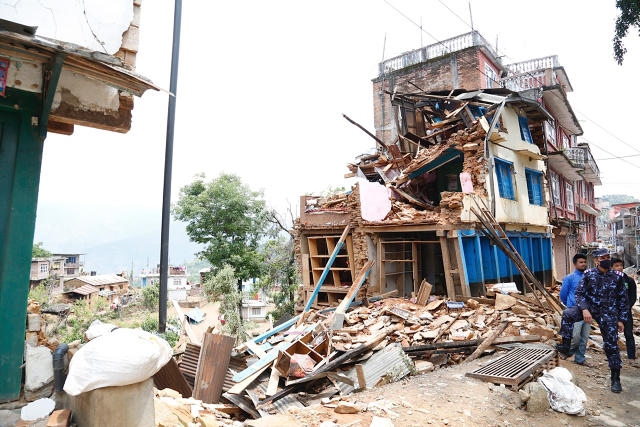
The groups additionally drew up an motion plan, which was being labored on up until the earthquake, and nowadays’s apply-up, hit. different international businesses have also worked with Nepal on preparedness. USAID, for instance, helped create a plan allowing municipalities to extra effectively regulate the earthquake readiness of latest structures. but the efforts have been slow-going.
“They were making heroic efforts within the face of a difficult state of affairs. There used to be a stock of very susceptible buildings that pre-date efforts to cut back earthquake chance, plus speedy urbanization and important resource constraints,” says Janise Rodgers, a structural engineer with GeoHazards global.
What makes Nepal’s constructions so inclined? “there may be an older building inventory, particularly outside the capital city, that really prone. We see that in plenty of the growing world,” says Bret Lizundia, structural engineer and main at Rutherford+Chekene. Lizundia is gearing up for a travel to Nepal with the Earthquake Engineering research Institute (EERI) to take a look at the harm and offer recommendations. while he hasn’t but been to the u . s . a ., he’s accustomed to the types of vulnerable buildings discovered there.
probably the most deadliest are stone masonry structures, which might be created from stones which have been mortared collectively, and are simply one of the crucial many diversifications of unreinforced masonry found within the u . s .. reasonably more advanced are what are known as “non-ductal concrete body buildings,” buildings which might be constructed from evenly bolstered concrete. These are likely to not be up to up to date earthquake requirements, however they may be economical in places, like Nepal, that lack a metal industry. These buildings use some type of masonry as infill between the frames.
some other well-liked building in city settings are called soft story structures, which function residential spaces above and business or office space below. These constructions, sometimes called “susceptible story” buildings, can cave in in a large quake.
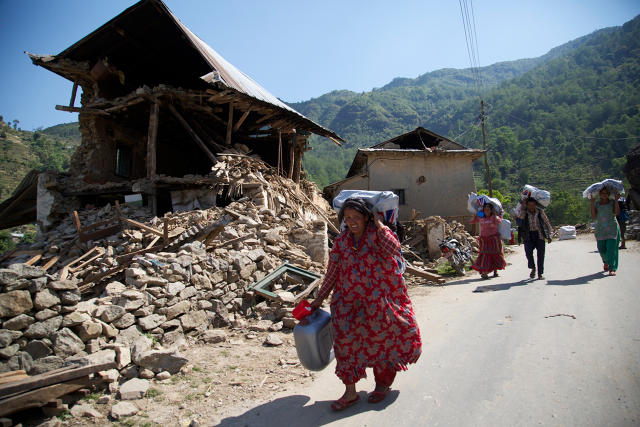
Nepal also has many distinctive monuments that were broken or destroyed in the earthquakes. no person yet is aware of why they collapsed—whether these monuments were damaged prior to now, whether or not they have been deteriorating because of water intrusion, or if other components contributed to their loss of life. on the way to be determined in the coming weeks and months.
there are ways to reinforce or retrofit all of a lot of these structures. but the method used—and the associated fee—relies generally on the individual construction. Take unreinforced masonry. The partitions on a building might be sufficient sufficient to take the power of an earthquake. A constructing right up in opposition to its neighbor most definitely has an important stable wall with the intention to do the trick. however a building on the corner of the block, with out different buildings’ partitions to assist take the force of the quake, may need work.
For retrofitting comfortable story buildings the intention is so as to add power and thickness. once more, the strategy used depends on the building. infrequently the construction might desire a small foundation underneath it, from time to time wood walls will want to be supplemented with plywood sheathing. There could also be some places the place the wall is there but the ends of the wall aren’t anchored sufficiently to the bottom, so when it begins to tip in a quake, the structure isn’t held down.
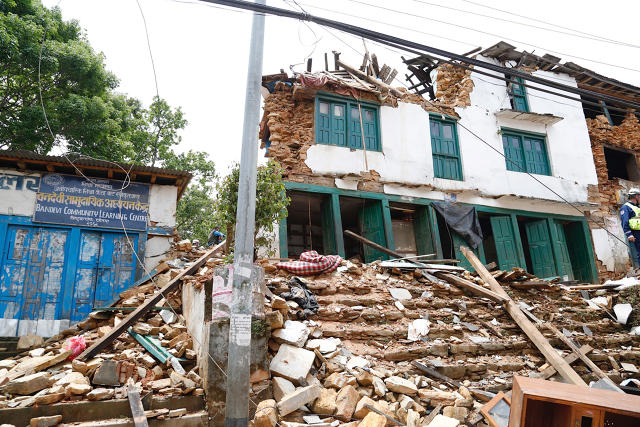
there’s restricted money for building retrofits in every single place—even more so in a terrible u . s . like Nepal. “there is the [small] amount of capital to be had, and the building sorts are worse. It’s a double problem. there has been some earthquake retrofitting, and surely there’s data of the problem,” says Lizundia. He factors to pilot programs within the us of a that have prioritized retrofits for hospitals and schools.
it’s tempting to check out to match Nepal’s buildings to those in earthquake-prone areas of the U.S. There are some similarities; comfortable-story constructions are common in California, and unreinforced masonry is a problem (a invoice passed in the Eighties requires each neighborhood in the state to do something about the bad buildings, whether it’s voluntary or obligatory retrofitting).
however even in U.S. cities that are vulnerable to earthquakes and don’t pay too much consideration to the difficulty (i.e Boston, Memphis, and Charleston), the constructing state of affairs is totally different. “It most definitely wouldn’t be unfair to assert that we don’t have the roughly stone masonry rural structures that folks construct as houses within the growing world which are at extreme chance and have finished poorly in [earthquake] situations,” says Lizundia.
And on the whole, it is tough to match nations, because preparedness goes far past constructions. “it’s onerous to claim on a national scale if one us of a is more prepared than every other. Some nations could also be extra advanced relating to emergency response planning, others is also doing higher with regards to building code enforcement,” says Rodgers.
When Lizundia heads to Nepal, he expects to spend more time evaluating massive buildings than person properties, for obvious reasons. “They’re extra structurally important and already we kind of understand what the trouble is with stone houses. It’s a horrible human loss however from a technical standpoint, there are fewer lessons to be realized.”
[Top Photo: Prakash Mathema/AFP/Getty Images]
(205)

